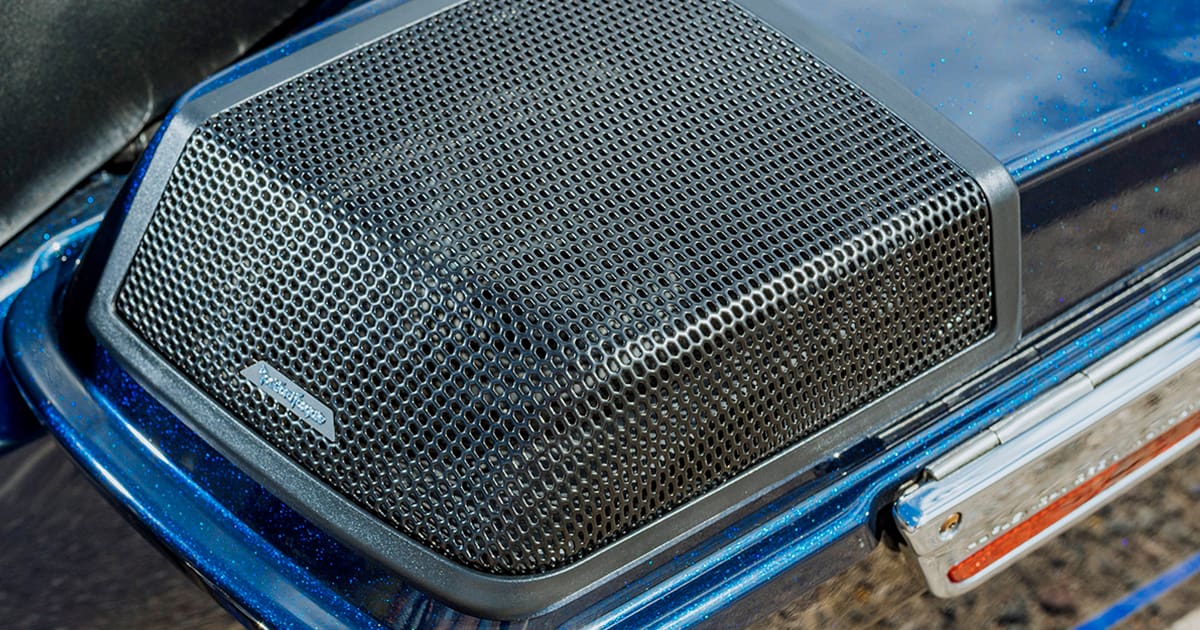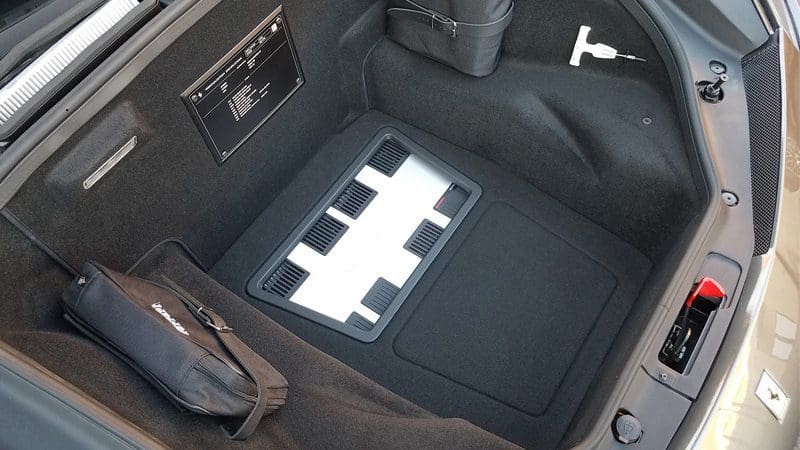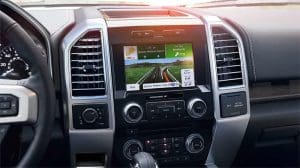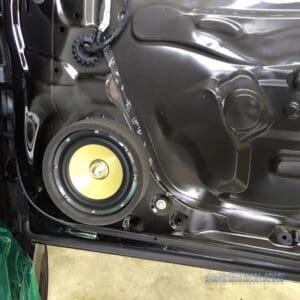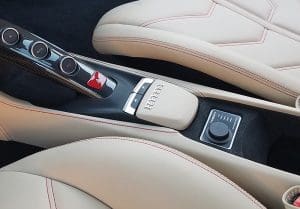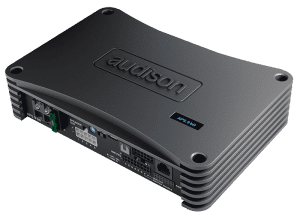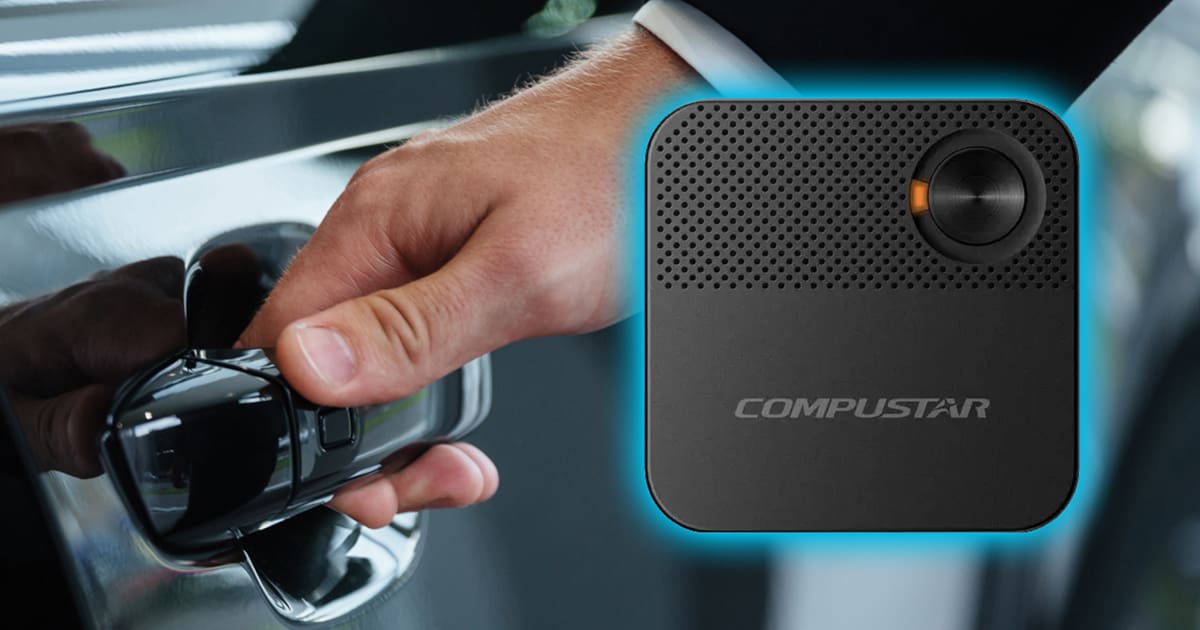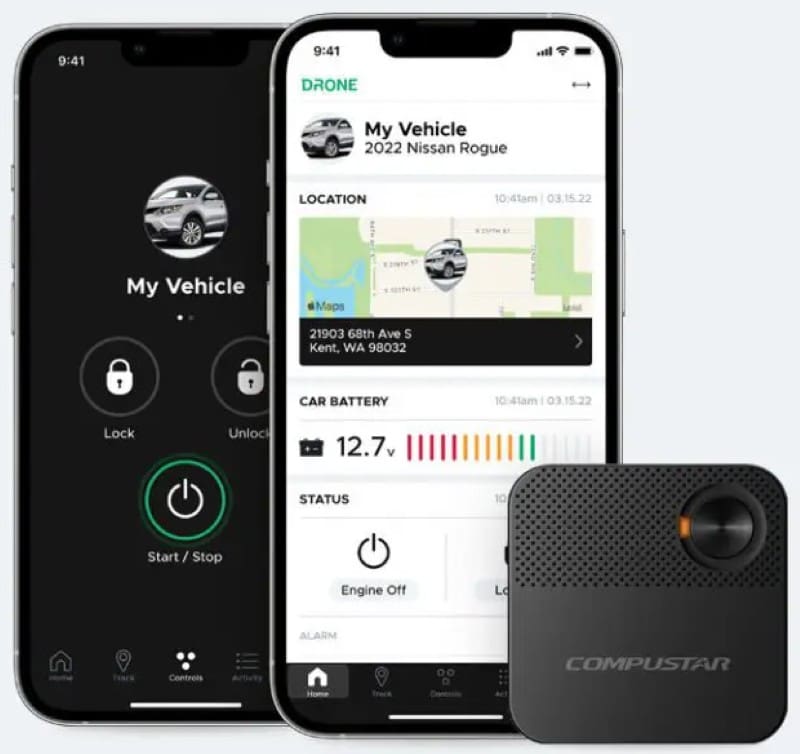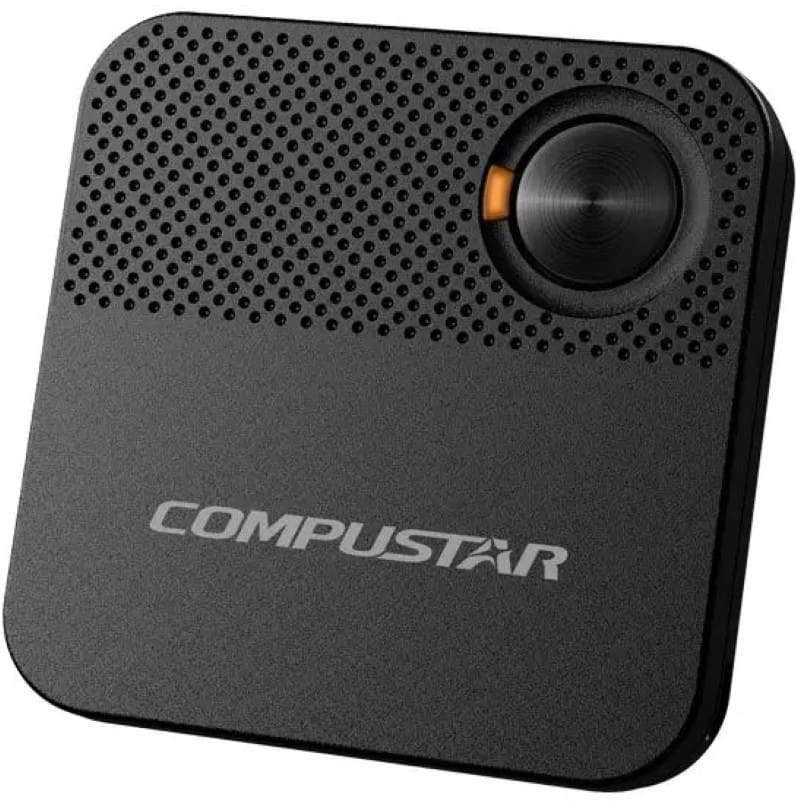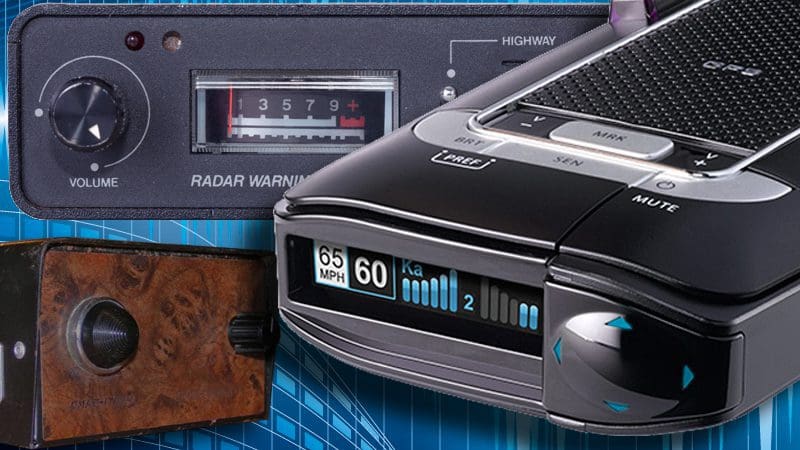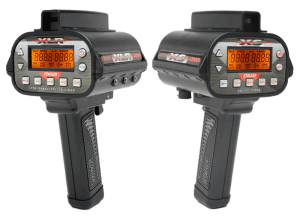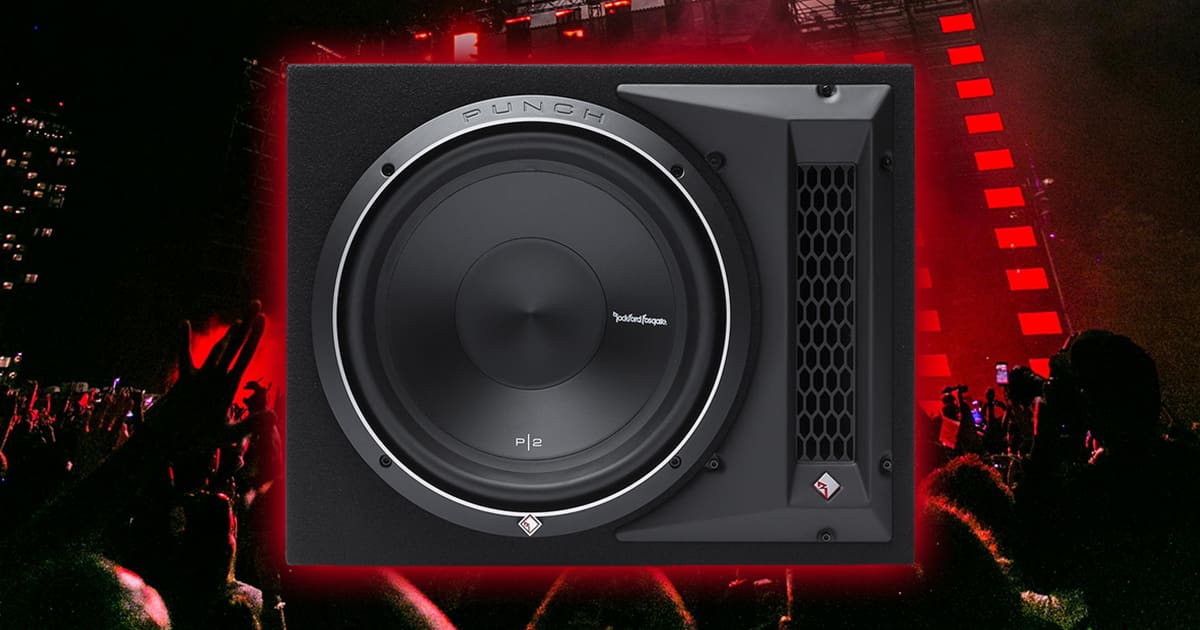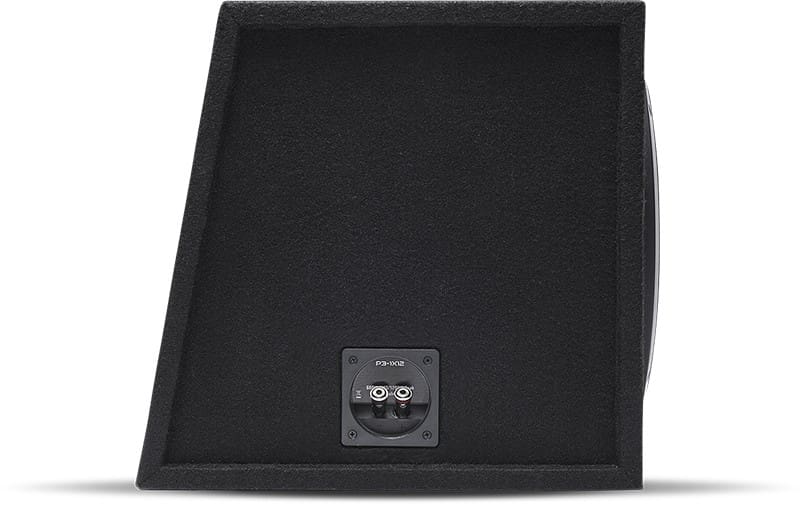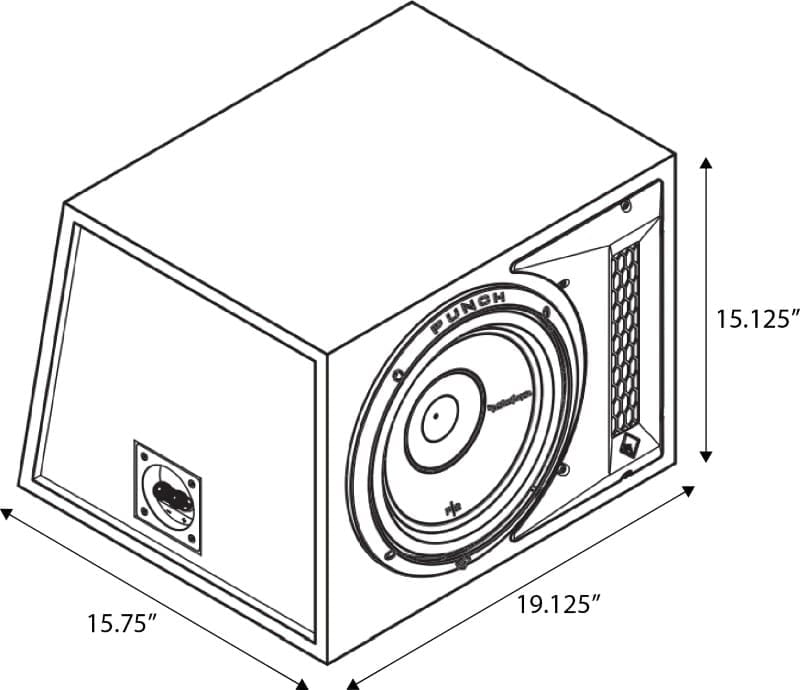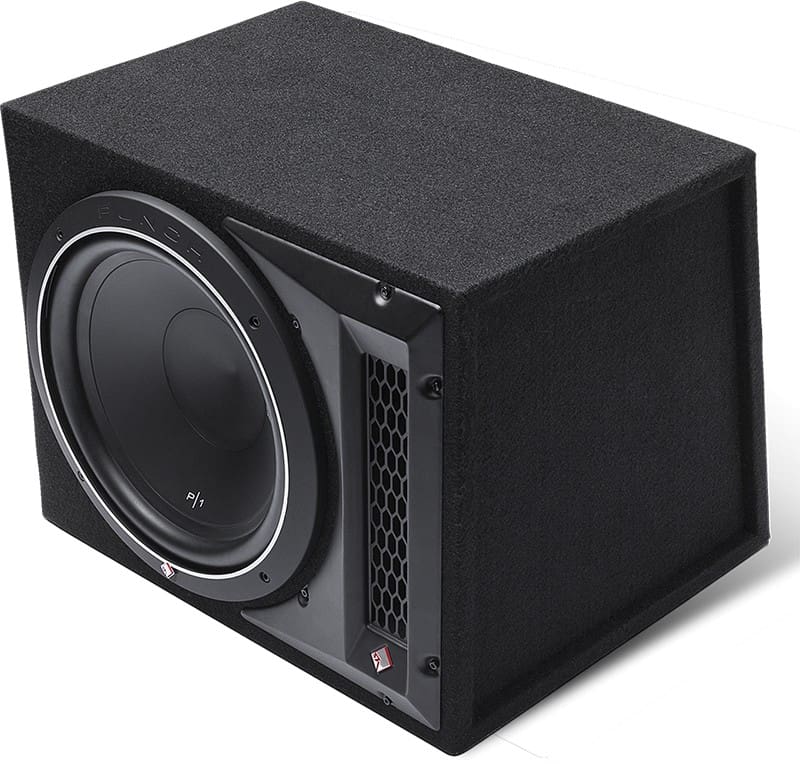Where once the domain of only a few specialty brands, motorcycle audio speakers are now available from dozens of brands. Unfortunately, that doesn’t mean all the offerings sound good and play loudly. This Product Spotlight will examine the Rockford Fosgate TMS69 6×9-inch bag lid speaker set to explain what differentiates them from the other offerings in this category.
Rockford Fosgate TMS69 Specifications
The TMS69 set includes a pair of motorcycle-specific 6×9-inch speakers and hex-head mounting screws. Rockford Fosgate rates the speakers as capable of handling 100 watts continuously with peaks up of 200 watts. The speakers have a nominal impedance of four ohms and an impressive 1W/1M efficiency of 89 dB SPL.
For those into analyzing and understanding Thiele-Small parameters, the TMS69 woofers have a resonant frequency (Fs) of 75 Hz, an equivalent compliance (Vas) of 16.8 liters, and a total Q (Qts) of 1.63. The Xmax specification, which is measured at 10% THD using Klippel transducer evaluation equipment, is 3mm. Unless you know another manufacturer used 10% THD, you can’t compare this number with their maximum linear excursion specification.
Designing a speaker for an outdoor application, as you’d find on a motorcycle, is no easy feat. The Rockford Fosgate team spent countless hours cruising Arizona highways to audition dozens of samples of the TMS69 during the development process. The goal was to tailor the frequency response to what enthusiasts would enjoy while compensating for exhaust, wind, and tire noise. While most speakers in this market are marinized car audio speakers, the effort put into making the TMS69 truly unique is impressive. If you are looking for a speaker that sounds good at 75mph, you’re in the right place.
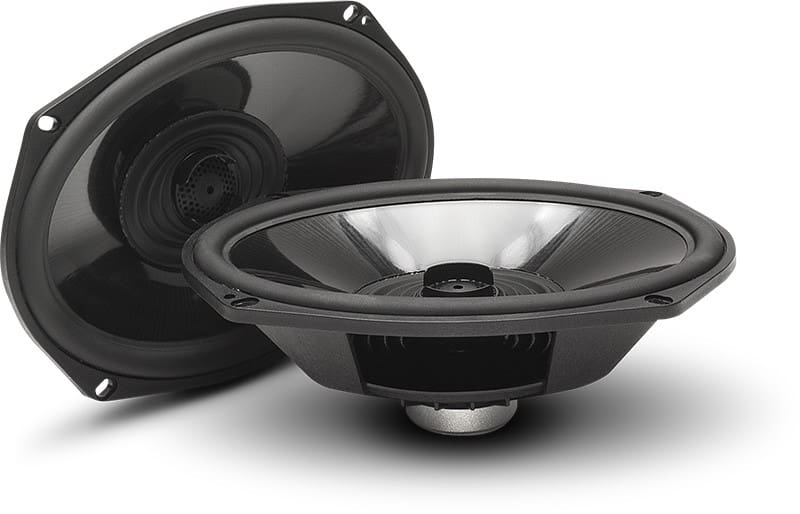
TMS69 Bag Lid Speaker Features
Motorcycle speakers differ from typical car audio speakers in several ways. First, they are designed with efficiency in mind. Getting more output for a given amount of power dramatically reduces how much current the amplifier driving the speakers consumes. This is crucial on a motorcycle where power is limited. Rockford Fosgate uses a low-mass polypropylene woofer cone with a high-Q suspension design. This will maximize output through the midbass region to ensure the drivers pack a punch; no pun intended.
Thermal power handling is also crucial, as the speakers are typically installed in airtight Harley-Davidson saddlebags. This means they can get quite warm. TMS69 speakers feature a huge 1.4-inch diameter voice coil to help dissipate heat efficiently.
These speakers have a shallow design, so they don’t take up valuable room in the saddlebag. Mounting depth is specified as being only 2.8 inches deep. The compact size is achieved thanks to a high-efficiency neodymium magnet structure. A second benefit to speakers that use Neodymium magnets is weight reduction. Each TMS69 weighs about a pound. Ceramic-magnet speakers, albeit cheaper, can be five times as heavy. Rockford Fosgate chose the Neodymium route because it’s much lighter than a traditional speaker with a large ceramic magnet, while still producing the same output. Added weight, especially at the top of the saddlebag, can affect the handling and stability of the motorcycle.
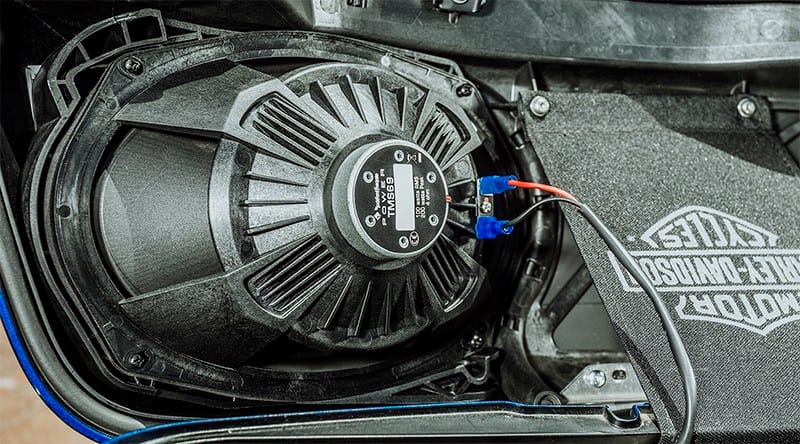
Materials and Design
When you look at the top of the TMS69, you’ll first notice the low-profile 25mm dome tweeter with a phase disc integrated into the grille. The disc helps ensure even sound dispersion at extreme frequencies. The small vertical waveguide around the sides of the tweeter help direct the output towards the driver.
To ensure the speakers are 100% water resistant, Rockford Fosgate has implemented a synthetic rubber surround between the tweeter post and the polypropylene woofer cone. This ensures water can’t get into the motor assembly should you get caught in the rain.
The last feature worth noticing is the massive amount of cone area afforded by the Vertical Attach Surround Technique surround. The way the surround attaches to the vertical sides of the basket allows the radiating surface to be much larger than competing products. In short, you get way more effective cone area and output for your money compared to other offerings.
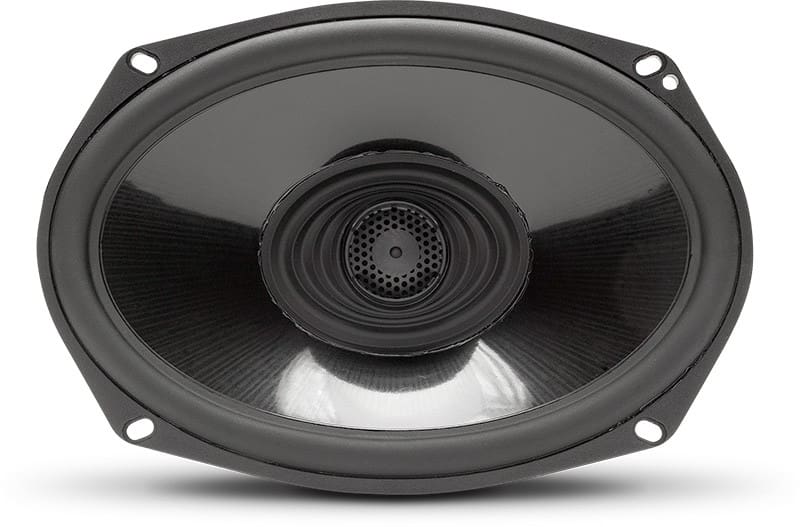
Element Ready Design
While other products may claim water resistance, Rockford Fosgate takes building speakers for outdoor applications seriously. They use the term “Element Ready,” which means the speakers are water resistant and UV resistant. This means they won’t dry out and crack after prolonged sun exposure. The speakers are also subjected to vibration and impact testing to ensure all components remain secure. A solid design is crucial for a motorcycle, which experiences intense vibrations from the lumpy camshafts. The ultra-rigid glass-fiber reinforced polymer plastic frame is an example of putting durability at the forefront of the design.
Harley-Davidson Installations
The TMS69 speakers are available as stand-alone options. However, they are the heart of the popular and often imitated bag lid speaker kits; the TMS69BL14 for 2014-2023 Harley-Davidson® touring motorcycles, and TMS69BL9813 for 1998-2013 H-D® touring models. The kits feature a cutting template that allows your installer to modify the existing bag lids to accept the 6×9 speakers using the provided mounting brackets and grilles. This eliminates the need to try to paint-match aftermarket lids. If you want to bring the sound system on your Harley-Davidson Street Glide, Road Glide, Electra Glide, or Road King to life, these kits are a perfect upgrade.
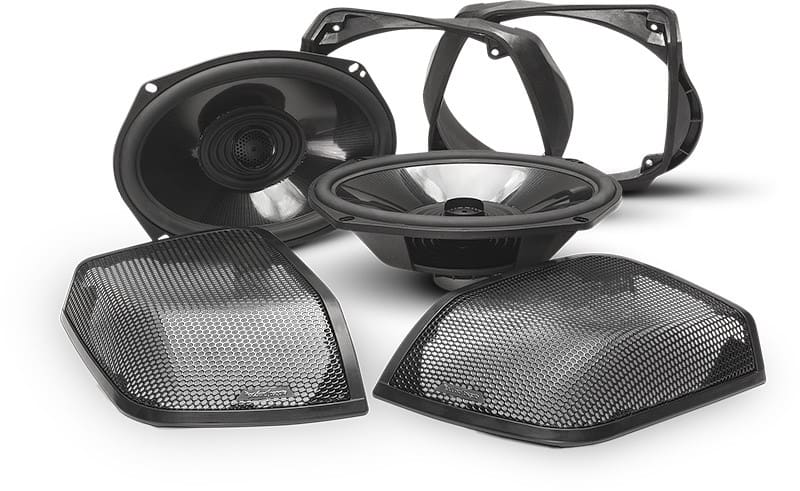
Enhance Your Motorcycle Audio System with Rockford Fosgate Speakers
If the stereo system on your Harley-Davidson motorcycle doesn’t put a smile on your face when you crank the volume, drop by a local authorized Rockford Fosgate retailer and ask about an upgrade that includes the TMS65 fairing speakers, TMS69 bag lid speakers and their impressive amplifiers. You can find a local authorized retailer using the dealer locator at on the Rockford Fosgate website. Be sure to follow the gang from Tempe, AZ, on Facebook, Instagram, and YouTube to learn about the products they offer and the incredible events they attend.
This article is written and produced by the team at www.BestCarAudio.com. Reproduction or use of any kind is prohibited without the express written permission of 1sixty8 media.
